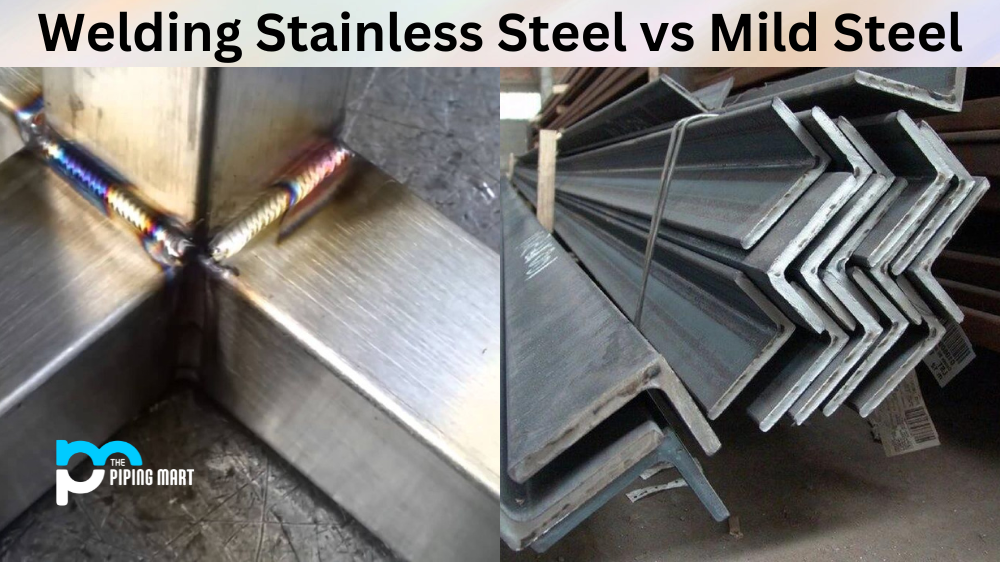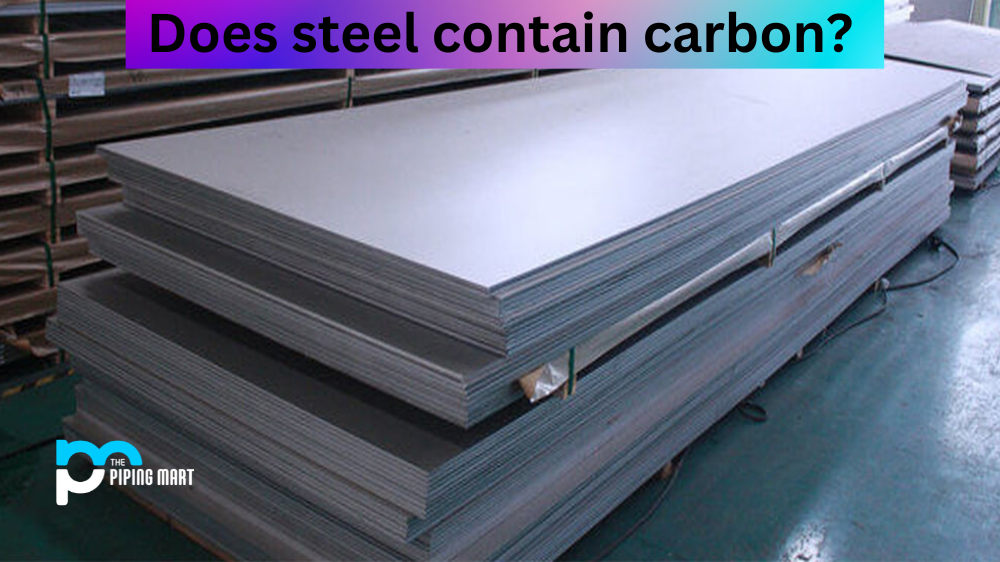If you are a hunting enthusiast or a professional chef, you know the value of a great knife. Not all knives are created equal, though, and that is particularly true regarding the steel used to make them. Japanese steel and Damascus steel are two of the most popular options, each with unique properties and characteristics. In this blog post, we will explore the differences between Japanese and Damascus steel, as well as the advantages and disadvantages of each one, to help you make an informed decision about which steel to choose for your next knife.
What is Japanese Steel?
Japanese steel is known for its high carbon content, which makes it one of the most durable types of steel available. Knives made of Japanese steel can hold a sharp edge for a long time, which is especially useful if you use your knife frequently. Japanese steel is also known for its hardness, which can make it difficult to sharpen. However, the edge can stay sharp once sharp for a long time. The most common Japanese steel used for knives is VG-10, which is easy to sharpen and maintain. Another popular option is Blue Steel, a non-stainless carbon steel that is incredibly hard and durable.
What is Damascus Steel?
Damascus steel is made by folding and layering multiple types of steel together, creating a patterned appearance that is both beautiful and functional. The steel layers increase the blade’s durability and strength, while the folding process also creates microscopic serrations along the blade’s edge, making it sharper and more effective at cutting. The downside of this serrated edge is that it can be difficult to sharpen. Also, Damascus steel knives are typically made by hand, which makes them more expensive than other knives.
Difference Between Japanese Steel and Damascus Steel
Advantages of Japanese Steel:
- High carbon content makes it incredibly durable
- It can hold a sharp edge for a long time
- VG-10 is easy to sharpen and maintain
- Blue Steel is incredibly hard and durable
Advantages of Damascus Steel
- Beautiful patterned appearance
- Increased durability and strength from multiple layers
- Microscopic serrations along the edge make it sharper and more effective at cutting
Disadvantages of Japanese Steel
- It can be difficult to sharpen
- Higher carbon content makes it more prone to rust and corrosion
Disadvantages of Damascus Steel
- Serrated edge can be difficult to sharpen
- Higher price due to handcrafted process
Conclusion
Ultimately, the choice between Japanese and Damascus steel comes from personal preference and intended use. Japanese steel may be the right choice if you value a consistently sharp blade that can withstand heavy use. If you are looking for a beautiful and durable knife, Damascus Steel may be the way to go. Remember the advantages and disadvantages of each steel when making your decision, and choose the one that will work best for your needs and preferences.

A passionate metal industry expert and blogger. With over 5 years of experience in the field, Palak brings a wealth of knowledge and insight to her writing. Whether discussing the latest trends in the metal industry or sharing tips, she is dedicated to helping others succeed in the metal industry.




